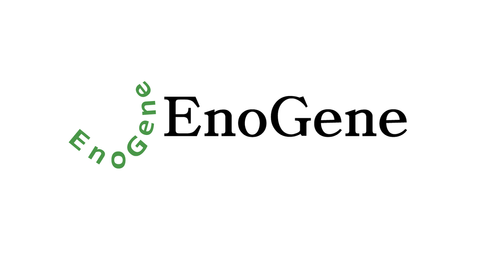Product Description
PD1 monoclonal Antibody | MB9410 | Bioworld
Host: Mouse
Reactivity: Human
Application: WB ICC IHC FC
Application Range: WB:1:500-1:2,000 ICC:1:50-1:200 IHC:1:100-1:500 FC:1:50-1:100
Background: Pdcd-1 (Programmed Cell Death-1 protein), also designated CD279, is a type I transmembrane receptor and a member of the immunoglobin gene superfamily. Pdcd-1 contains an immunoreceptor tyrosine-based inhibitory motif (ITIM) within the cytoplasmic domain, which is conserved between the mouse and human homologs. Expression of Pdcd-1 is detected in mouse thymus, and it is induced in stimulated B and T cell lines, where it may play a role in the negative regulation of various immune responses. Receptors such as Pdcd-1 function by recruiting tyrosine phosphatases, including SHP-1 and SHIP, which are responsible for altering various B cell responses. Additionally, in activated lymphocytes, Pdcd-1 mediates the activation of the classical type of programmed cell death.
Storage & Stability: Store at +4°C after thawing. Aliquot store at -20°C or -80°C. Avoid repeated freeze / thaw cycles.
Specificity: PD1 monoclonal Antibody detects endogenous levels of PD1 protein.
Molecular Weight: ~32 kDa
Note: For research use only, not for use in diagnostic procedure.
Alternative Names: Protein PD-1, hPD-1, PDCD1, PD1, CD279, CD279 antigen, hPD 1, hPD l, hPD-1, hSLE1, PD 1, PD-1, PD1, PDCD 1, PDCD1, PDCD1, Programmed cell death 1, Programmed cell death 1 protein, Programmed cell death protein 1, Protein PD 1, Protein PD-1, SLEB2, Systemic lupus erythematosus susceptibility 2,
Immunogen: Recombinant protein
Conjugate: Unconjugated
Modification: Unmodification
Purification & Purity: ProA affinity purified
Pathway: Regulation of Actin Dynamics,Tumor Angiogenesis,Contribution of ECM and Cytoskeletal Factors to EMT,
 Euro
Euro
 USD
USD
 British Pound
British Pound
 NULL
NULL








